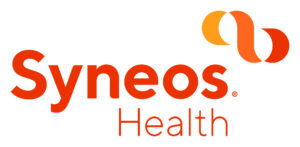-
1. Cover
-
2. Introduction
-
3. Contents
-
4. Patient-partnered drug discovery: vision or reality?
-
5. True pharma-patient co-creation
-
6. Sign-up for pharma news alerts
-
7. Learning from online patient groups
-
8. Boosting trial recruitment through engagement
-
9. Digital solutions that drive adoption
-
10. Shaping the patient-centric evolution of HTA
-
11. Podcast
-
12. Preparing for the digital journey
-
13. Digital therapeutics grow up
-
14. Engaging the empowered patient
-
15. The next decade of patient engagement
-
16. Subscribe to future Deep Dive issues
-
17. Contact the Deep Dive team




